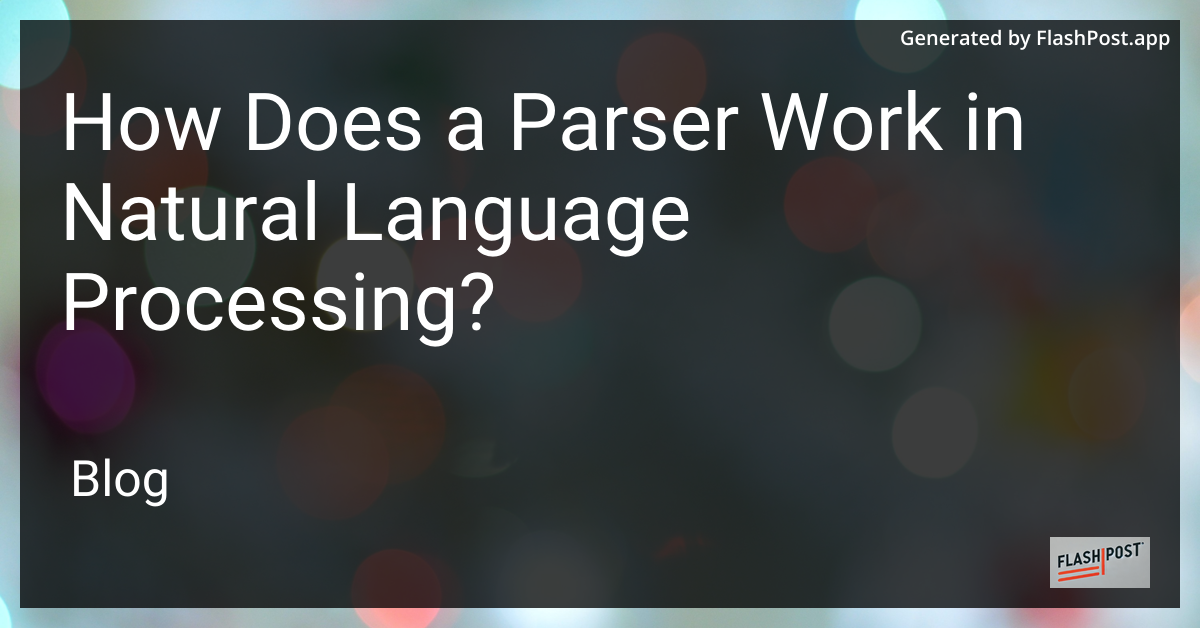
How Does a Parser Work in Natural Language Processing?
Natural Language Processing (NLP) is an exciting field that bridges the gap between human communication and computational understanding. Central to this field is the concept of parsing, a process that is essential for understanding and processing human languages by machines. But, how does a parser actually work within this context?
Parsing in NLP involves analyzing a string of symbols in natural language, conforming to the formal grammar. The parser breaks down the language structure to identify syntactic relationships within the sentence. It generates a parse tree or syntax tree, representing the grammatical structure of the sentence, which is crucial for further processing like machine translation, sentiment analysis, or information extraction.
Let's delve deeper into the parsing process:
The Basics of Parsing
At its core, parsing converts input text into a structured format that machines can process. Parsers can be categorized in several ways, such as top-down or bottom-up parsing, and each has its method of analysis. Top-down parsers begin at the root and work downwards, whereas bottom-up parsers start with the leaves (words) and work upwards to the root (sentence structure).
Types of Parsers in NLP
Several types of parsers are widely used in NLP, including:
- Dependency Parsers: These focus on the dependencies between words. They identify different relationships and help extract syntactic relationships within sentences.
- Constituency Parsers: These parsers build a tree structure representing how words group into phrases and how those phrases form sentences.
Applications and Importance of Parsing
Parsing is crucial for many NLP applications. For instance, it plays a significant role in question answering systems, where understanding the relationship between various components of a sentence is key. It’s also vital in sentiment analysis, where parsing helps machines comprehend nuances in language that indicate sentiment or subjectivity.
Related Parsing Techniques
Parsing isn't limited to natural languages; it's applied in various computational areas. If you're interested in learning more about parsing techniques, here are some related links:
- Docker Image Parsing Regex
- Parsing Strings in PowerShell
- Parsing Month-Year Strings
- JavaScript Parsing
Understanding how parsers work in NLP can significantly enhance your ability to work on complex language processing problems. The field continues to evolve, offering new tools and techniques to improve machine understanding of human languages.